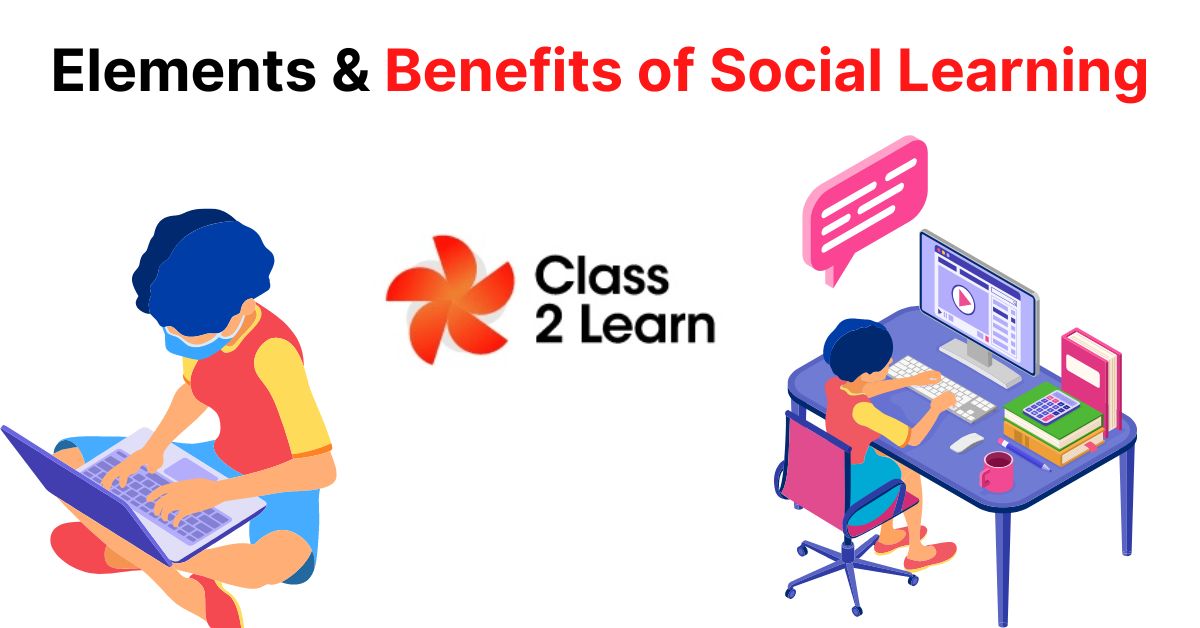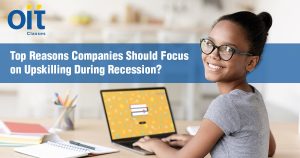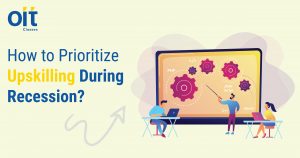
Elements & Benefits of Social Learning

The modern world is an incredibly diversified society and the classroom is frequently the first location where pupils are introduced to learning from individuals of various origins, opinions, and skills.
To account for these distinctions and assist all children to improve on an equivalent balance, social and emotional learning (SEL) seeks to assist students — both adults and children — in understanding better their thoughts and feelings, becoming more self-aware, and cultivating more compassion and understanding for each other in their society and the world around them.
Social-emotional learning (SEL) is a very important factor and a core part of education and human development. SEL is the procedure by which learners obtain and implement the knowledge, abilities, and behaviors necessary for developing healthy identities, regulating emotions and accomplishing personal and community goals, feeling and demonstrating compassion for others, developing and maintaining rapport, and start making productive and compassionate judgments.
SEL comprises five basic skills that may be used in the classroom, at home, and in students’ communities, as per the Collaborative for Academic, Social, and Emotional Learning (CASEL), which is dedicated to teachers and students to assist achieve positive results.
It is important to note that social-emotional learning can be taught at school or outside of school, though school is one of the most common places for it to be taught because children spend a significant portion of their day there.
The CASEL Framework
A framework for the best SEL implementation has been developed by the collaborative for academic, social, and emotional learning (CASEL). The CASEL framework highlights five critical areas of competencies that must be attained for them to coalesce and give pupils a solid sense of who they are. Additionally, social-emotional learning can be easily incorporated into a wide range of tasks and instructional strategies.
The following are the components that make an SEL
Self-Awareness
Understanding one’s feelings, beliefs, and values as well as how they affect behavior in various settings known as self-awareness. This comprises the ability to assess one’s strengths and weaknesses while maintaining a solid sense of self-assurance and purpose.
Self-Management
Self-management relates to the ability to successfully regulate one’s thoughts, perceptions, and behaviors in a range of circumstances to attain objectives and desires. These skills include the capacity to manage stress, resist gratification for a time, and experience drive and confidence to work toward both collective and individual goals.
Social Awareness
Understanding and empathizing with others’ viewpoints, including those from various backgrounds, cultures, and circumstances is a sign of social awareness. This includes the skills needed to recognize family, school, and community resources and support, feel compassion for others and comprehend broader historical and societal standards for behaving in many contexts.
Relationship Skills
Establishing and maintaining positive, supportive connections as well as interacting successfully in social contexts with a variety of people and groups are all examples of relationship skills. This involves the ability to speak effectively, listen intently, cooperate, and work together to solve problems and negotiate conflicts, traverse environments with various social and cultural demands and possibilities, exercise leadership, and ask for or assist when necessary.
Responsible Decision Making
The capacity to make thoughtful, positive decisions regarding one’s actions and interactions with others in a variety of contexts is known as responsible decision-making. This involves the ability to think about moral norms and safety issues as well as to assess the advantages and drawbacks of alternative activities in terms of one’s own, other people’s, and society’s overall well-being.
Future Self
- Encourage young people to envision their future selves, set goals, and develop strategies to achieve those goals. Understanding who they are, what their strengths are, and helping them
- Developing social and emotional confidence is the key to success both now and in the future.
- School is one of the main settings where students gain social and emotional skills. The word SAFE stands for four components that a successful SEL program should include.
Sequenced: Organized in a particular order to promote the development of skills.
Active: Active learning aids students in developing new abilities.
Focused: Prioritizing the improvement of social and personal abilities
Explicit: Concentrating on particular social and emotional abilities
The Long-Term and Short-Term Effects of SEL
When students know and can regulate themselves, they are more successful in school and daily life. Recognize others’ viewpoints and communicate successfully with them and make wise selections regarding your personal and social affairs. These social and emotional competencies are part of the short-term student outcomes that SEL programs assist.
Fringe Benefits of SEL
Improved self-efficacy, confidence, perseverance, empathy, connection to and devotion to education, and a sense of purpose, among other more positive attitudes about oneself, people, and tasks.
- Enhanced social skills and relationships with adults and peers
- Decreased issues with behavior and risk-taking
- Less emotional turbulence
- Higher grades, test scores, and attendance
Possessing long-term and significantly higher rates of emotional competence can raise a student’s chances of finishing high school, being ready for further academic achievement, succeeding in their careers, having healthy relationships at work and home, having better mental health, acting more conscientiously as a citizen, and having great careers.
Conclusion
Encourage the use of SEL to enable richer verbal interaction inside the classroom, subsuming educational goals to the introduction of a secure and restorative environment inside the classroom (which in flip allows studying and development). Using the inspiration from developed human abilities (amazing social skills), creating courses that fulfill educational standards, emotional control, and self-knowledge targets for literacy, numeracy, and language development.





